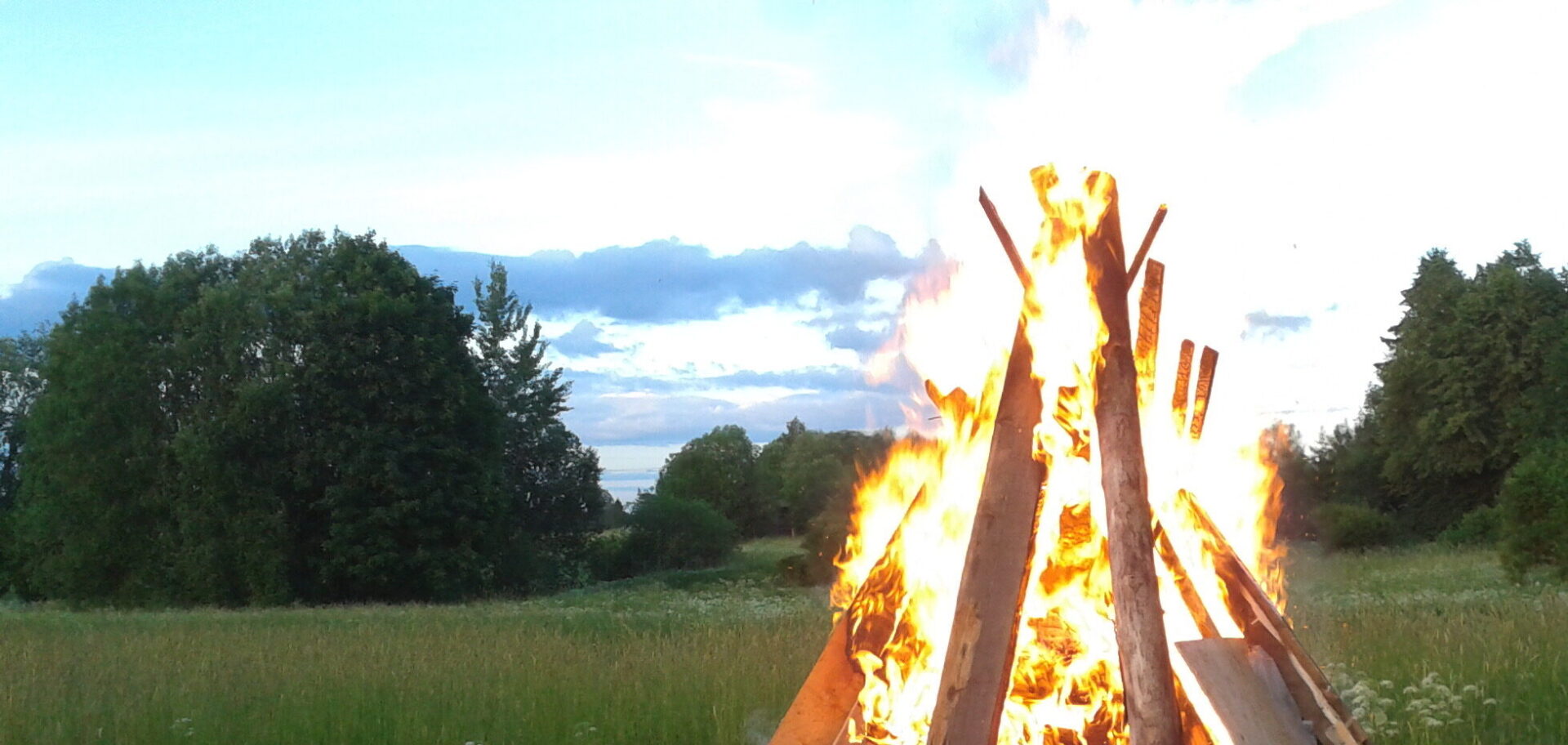- Home
- Circulars
- Programme
- Preliminary programme
- Plenary talks
- List of symposia
- Symposium A.1: Power imbalance and hierarchies in Finno-Ugric studies
- Symposium A.2: Shifting and competing ideologies in minority language development and language maintenance
- Round-table: Finno-Ugric Studies meeting the People
- Symposium B.1: Prehistoric lexical layers in Saami and Finnic
- Symposium B.2: Perspectives on Saami with a particular focus on the smaller languages
- Symposium B.3: South Estonian within and beyond Uralic studies
- Symposium B.4: The size of Uralic nominals
- Symposium B.5: Verbalization of motion events in Uralic
- Symposium B.6: Grammatical Subjects and Objects in Uralic
- Symposium B.7: Clause combining in Uralic languages
- Symposium B.8: Epistemic categories in Uralic and beyond
- Symposium B.9: Discourse particles in the Uralic languages
- Symposium B.10: Marginal phonemes
- Symposium B.11: Prosody of Uralic languages
- Symposium B.12: Building diachronic corpora for minority languages
- Symposium C.1: Reappraising Public Representations of Finno-Ugric Identities
- Symposium C.2: The Possibilities of Studying Finno-Ugric Religions in a Changing World
- Symposium C.3: The winter in Finno-Ugric cultures
- Symposium C.4: Traditional Creation and Modern Experience in Folk Music Revival
- Symposium D.1: Transdisciplinary approach in the studies of the human past
- List of accepted papers
- Registration
- Excursions
- Guided city walks
- Guided tour through the Estonian Literary Museum
- Introducing the University of Tartu Archives of Estonian Dialects and Kindred Languages
- Excursion to Setomaa
- Barge trip on the river Emajõgi
- Guided tour to the Tartu KGB Cells Museum (CANCELLED)
- Guided tour to the A. le Coq Beer Museum
- Practical information
- About CIFU

Congressus XIV Internationalis Fenno-Ugristarum
Symposium B.9: Discourse particles in the Uralic languages
Organizers: Iuliia Zubova, Denys Teptiuk, Elena Markus, Triin Todesk, Marili Tomingas, Eda-Riin Tuuling (University of Tartu)
Discourse particles are typically uninflected, phonologically short discourse-pragmatic elements indexing a variety of subjective or intersubjective meanings, e.g., the speaker’s stance, evaluation of the addressee’s knowledge status, claiming the audience’s attention, or connecting current with prior talk (Fischer, 2006; Zimmermann, 2011; Forker, 2020). Due to their complex semantics and intricate syntactic properties, discourse particles have been drawing a lot of research attention cross-linguistically within a variety of approaches (Fischer, 2006; Bayer & Struckmeier, 2017; Modicom & Duplâtre, 2020; Artiagoitia et al., 2022; Gergel et al., 2022).
Since discourse particles can be seen as a part of a broader category of discourse markers (see Fischer (2006) for the discussion), we would like to narrow the scope of this workshop to elements that are prosodically integrated into the utterance and do not constitute an utterance on their own, e.g., the particle uk in (1) or the particles no and gi in (2).
- Udmurt (Udmurt duńńe, 01.09.2009, as cited in Arkhangelskiy, 2023)
Škola-i̮n gožja-śk-i̮ni̮=no č́ota-śk-i̮ni̮ di̮šet-o=pe=uk!
school-loc write-detr-inf=add count-detr-inf teach-prs.3pl=rep=enim
‘But don’t they say that the school is for learning how to write and count?’
- Ingrian (Markus, 2022)
no i illaa-št šiž kanešna miu-lle
ptcl and evening-elat then [RUS]of.course 1sg-all
anne-ttii=gi hüväšt
give-ips.pst=ptcl well
‘Well and then in the evening I got it in full, of course.’
The same lexical entries may function as conjunctions, adverbs, focus particles, demonstratives, indefinite pronoun markers, or response interjections in a language. It is sometimes hard to draw the boundary between these categories and discourse particles (e.g., the temporal adverb šiž ‘then’ or the coordinating conjunction i ‘and’ in (2)).
The inventory of discourse particles across Finno-Ugric languages was provided by Majtinskaja (1982) under the label ‘reinforcing particles’ (Ru. usilitel’nye časticy). Discourse particles usually do not get very elaborate descriptions in grammars and dictionaries. While individual discourse particles in the Hungarian, Finnish, and Estonian languages and their dialects have been described, studies on discourse particles in other Uralic languages are relatively rare (Erina, 1997; Zakirova, 2019; Markus, 2022; Tomingas, 2022; Zubova et al., 2022; Klumpp et al., 2023; see also Klumpp (2022) for an overview). Investigation into the semantic and syntactic features of discourse particles often relies on knowledge of other linguistic areas, such as sentence types, information structure, or prosody, to name just a few. It may also require knowledge of the pragmatic principles of conversation adopted in a particular linguistic community. In many Uralic languages, these areas are underdescribed.
This symposium aims to bring together researchers in Uralic languages working on the semantics, syntax, and pragmatics of discourse particles within different approaches. We are particularly interested in discussing the following issues:
– semantics of individual discourse particles and particle combinations
– discourse particles and discourse organization
– discourse particles in information structure and common ground management
– discourse particles across different sentence types (declaratives, interrogatives, imperatives, exclamatives, optatives, etc.)
– syntax of discourse particles (discourse particles in root vs embedded clauses, finite vs non-finite clauses; the syntactic position of discourse particles in light of the head-directionality of the languages in question)
– the interaction of discourse particles with time-aspect-mood-evidentiality categories
– syntactic and semantic adaptation of borrowed discourse particles
– dialectal variation in the use of discourse particles.
References
Artiagoitia, X., Elordieta, A., & Monforte, S. (Eds.). (2022). Discourse Particles: Syntactic, semantic, pragmatic and historical aspects (Vol. 276). John Benjamins Publishing Company. https://doi.org/10.1075/la.276
Arkhangelkiy, T. (2023). Dialectal Variation of Udmurt Discourse Clitics. Linguistica Uralica, 59(2), 100–129. https://dx.doi.org/10.3176/lu.2023.2.03.
Bayer, J., & Struckmeier, V. (2017). The status quo of research on discourse particles in syntax and semantics. In J. Bayer & V. Struckmeier (Eds.), Discourse Particles: Formal Approaches to their Syntax and Semantics (pp. 1–14). De Gruyter. https://doi.org/10.1515/9783110497151-001
Erina, O. (1997). Časticy v mordovskix jazykax [Particles in the Mordvin languages] [Unpublished PhD dissertation]. University of Tartu.
Fischer, K. (2006). Towards an understanding of the spectrum of approaches to discourse particles: Introduction to the volume. In K. Fischer (Ed.), Approaches to Discourse Particles (Vol. 1, pp. 1–20). Elsevier. https://doi.org/10.1163/9780080461588_002
Forker, D. (2020). More than just a modal particle: The enclitic = q’al in Sanzhi Dargwa. Functions of Language, 27(3), 340–372. https://doi.org/10.1075/fol.17011.for
Gergel, R., Reich, I., & Speyer, A. (Eds.). (2022). Particles in German, English, and Beyond (Vol. 224). John Benjamins Publishing Company. https://doi.org/10.1075/slcs.224
Klumpp, G. (2022). Väikeste uurali keelte diskursusepartiklite kirjeldamise vajadus ja keerukus [The necessity and complexity of describing the discourse particles of minor Uralic languages]. Keel ja Kirjandus, 65(1–2), 19–34. https://doi.org/10.54013/kk770a2
Klumpp, G., Markus, E., Teptiuk, D., Tomingas, M., & Zubova, I. (Eds.). (2023). The Grammar of Discourse Particles in Uralic [Special issue]. Linguistica Uralica, 59(2). https://doi.org/10.3176/lu.2023.2.01
Majtinskaja, K. E. (1982). Služebnye slova v finno-ugorskih jazykah [Function words in Finno-. Ugric languages]. Nauka.
Markus, E. (2022). Diskursusepartiklid isuri keele Soikkola murdes [Discourse particles in Soikkola Ingrian]. Keel ja Kirjandus, 65(1–2), 74–94. https://doi.org/10.54013/kk770a5
Modicom, P.-Y., & Duplâtre, O. (Eds.). (2020). Information-Structural Perspectives on Discourse Particles (Vol. 213). John Benjamins Publishing Company. https://doi.org/10.1075/slcs.213
Tomingas, M. (2022). Sagedasemad diskursusepartiklid suulise liivi keele salvestistes [More frequent discourse particles in recordings of spoken Livonian]. Keel ja Kirjandus, 65(1–2), 95–109. https://doi.org/10.54013/kk770a6
Zakirova, A. (2019). Časticy èmfatičeskoj identičnosti v Povolžskom jazykovom sojuze [The emphatic identity particles in the Volga-Kama Sprachbund] [Master’s thesis]. HSE University.
Zimmermann, M. (2011). Discourse particles. In K. V. Heusinger, C. Maienborn, & P. Portner (Eds.), Semantics: An International Handbook of Natural Language Meaning (Vol. 2, pp. 2012–2038). De Gruyter Mouton. https://doi.org/10.1515/9783110255072.2012
Zubova, I., Teptiuk, D., Tuuling, E.-R., & Todesk, T. (2022). Partikkel VED’ udmurdi, komi ja ersa keeles [The particle ved’ in Udmurt, Komi, and Erzya]. Keel ja Kirjandus, 65(1–2), 110–129. https://doi.org/10.54013/kk770a7
Contact person: Iuliia Zubova iuliia.zubova@ut.ee



